Why do silicone resins have good heat and weather resistance?
Silicone resins have higher heat resistance than organic resins.
Comparison between Silicone Resin and Organic Resin
![]()
Used as the Main Agent
- Heat-resistant paints
- Silicone resin has very good heat resistance. For this reason, it is used as a vehicle for paints used in a temperature range (200°C or higher) where ordinary organic resin-based paints cannot be used. They also have excellent weatherability and water resistance, making them resistant to degradation due to outdoor exposure, and they have a high affinity with general inorganic pigments. There are a wide variety of heat-resistant coatings depending on the application, material, temperature range, etc. Silicone resins are used in a wide range of products.
Weight Loss Curve of Methyl/Phenyl Silicone Resin in Air
![]()
∗Epoxy-amine cured products decompose with the generation of ammonia and aldehyde as the temperature rises, and completely decompose in the high temperature range (around 600°C), while silicone resin undergoes condensation, methyl group pyrolysis, and phenyl group pyrolysis as the temperature rises. The final cured product is composed of -Si-O-Si- bonds only, and is stable even at high temperatures (700℃ or higher).
Heat Resistance of each Paint Coating (250℃)
![]()
Wide Range of Applications
In combination with various fillers and organic resins, it can be applied to applications used in a wide range of temperatures.
![]()
Silicone resins are more weather resistant than organic resins and do not degrade easily when exposed to UV light.
Comparison between Silicone Resin and Organic Resin
![]()
Used as the Main Agent
- Weather-resistant paints
- Ultraviolet light, heat, and water are some of the causes of exterior paint film degradation, resulting in gloss reduction and chalking. Because silicone resins do not decompose under UV light or water, they are extremely weather-resistant compared to ordinary organic resins, and are used as vehicles for exterior paints and weather-resistant paints.
Variation in Gloss Retention
![]()
This shows the change in gloss retention using a weather meter. It can be seen that silicone resin and silicone-modified alkyd resin maintain a high gloss retention rate while organic resin (alkyd resin) drops significantly.
Absorption Bands of Sunlight Wavelengths in Silicone Resin
![]()
Sunlight on the earth’s surface is in the wavelength region of 300nm and above, and most organic resins are sensitive to this region.
However, methyl silicone resin shows almost no absorption in the ultraviolet region, and methyl/phenyl silicone resin also has an absorption band below 280 nm, so it is hardly affected by sunlight.
Relevant Products
-
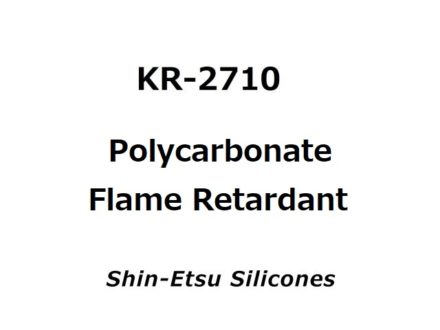
KR-2710
Polycarbonate Flame Retardant
-
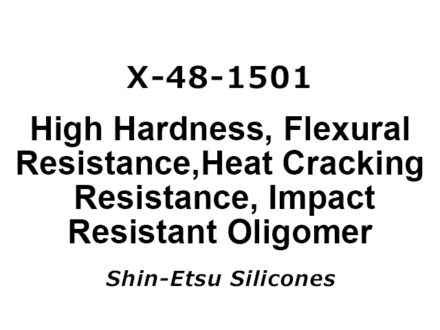
X-48-1501
High Hardness, Flexural Resistance, Heat Cracking Resistance, Impact Resistant Oligomer
-
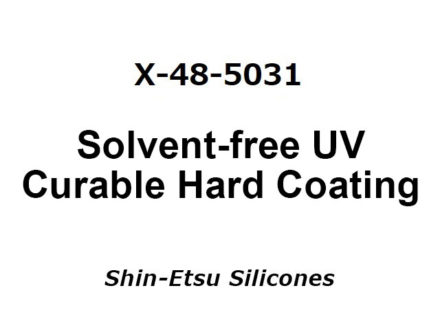
X-48-5031
Solvent-free UV Curable Hard Coating
-
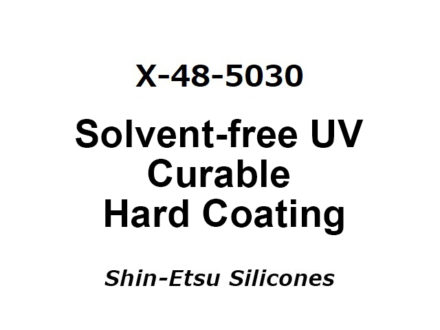
X-48-5030
Solvent-free UV Curable Hard Coating
-
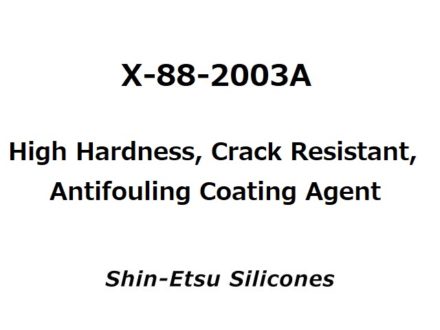
X-88-2003A
High Hardness, Crack Resistant, Antifouling Coating Agent
-
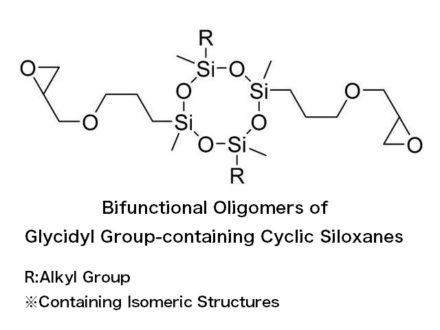
X-40-2728
Bifunctional Oligomers of Glycidyl Group-containing Cyclic Siloxanes
-
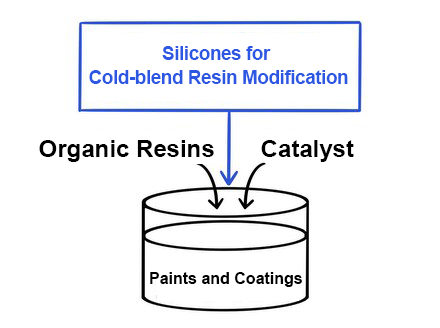
X-48-1800
Cold-blend modifier for acrylic resins
-

X-48-1801
Silicone-based non-yellowing polyisocyanate curing agent
-
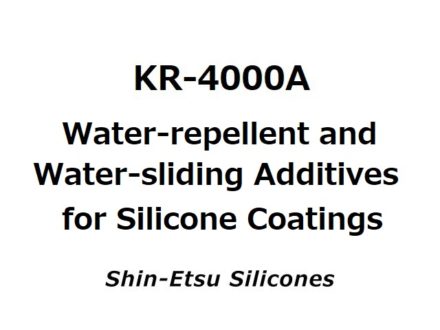
KR-4000A
Water-repellent and water-sliding additives for silicone coatings
-
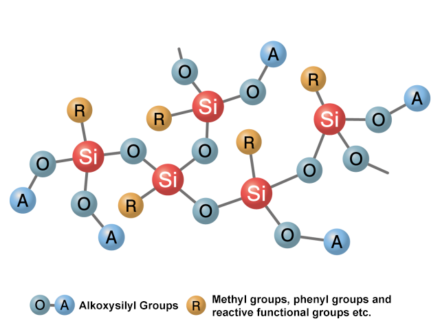
X-40-9309A
Silicone for silicone coating agents containing UV absorbers